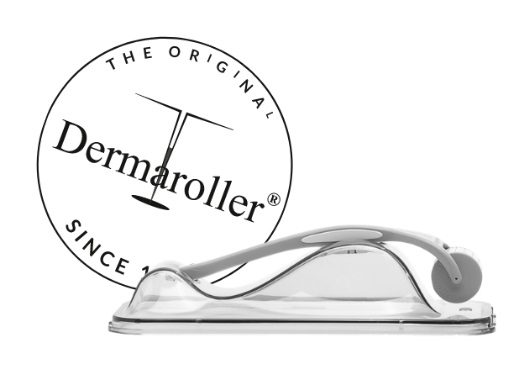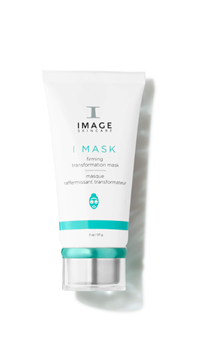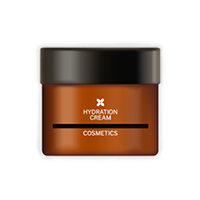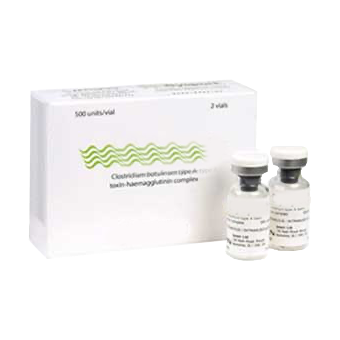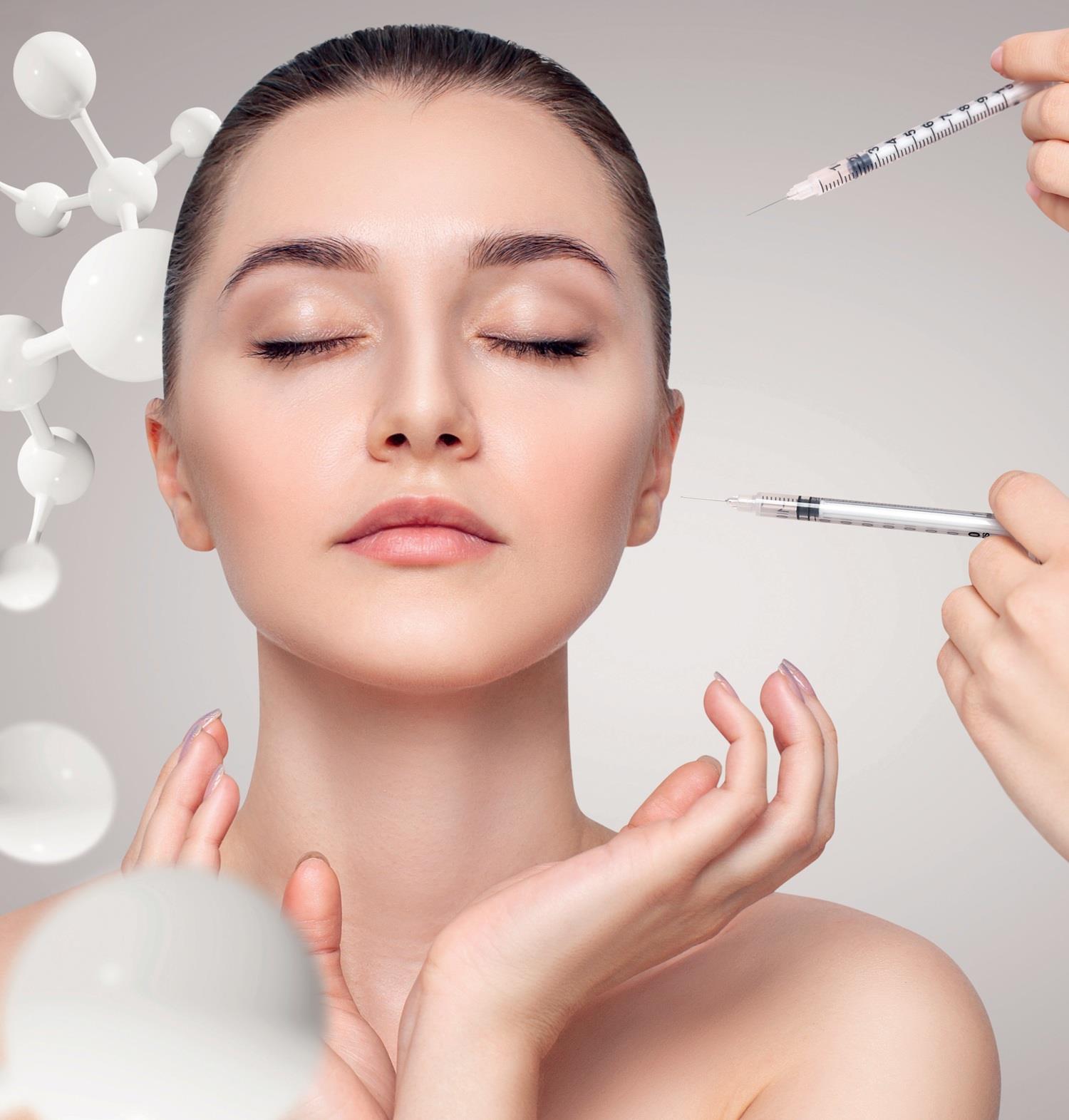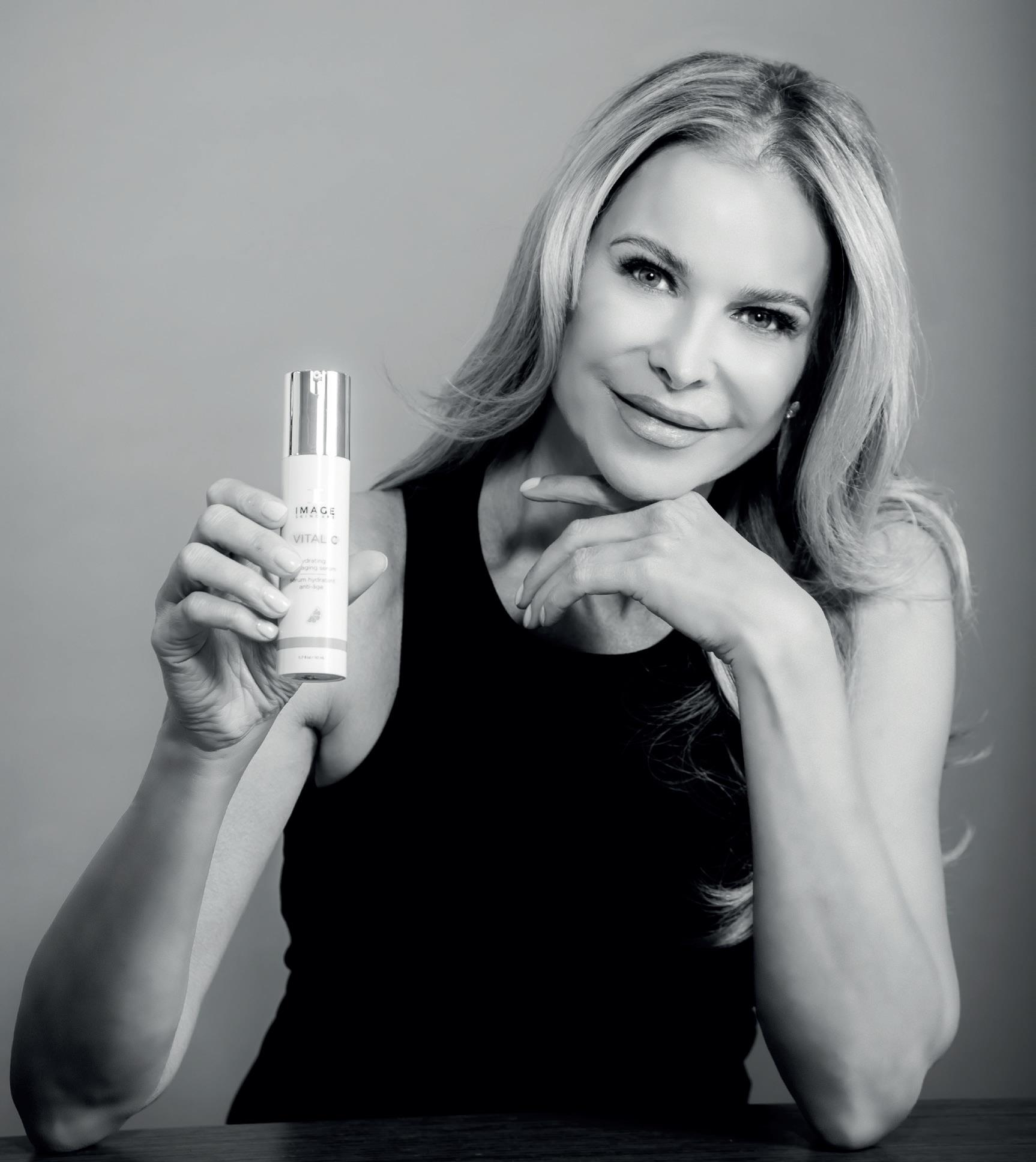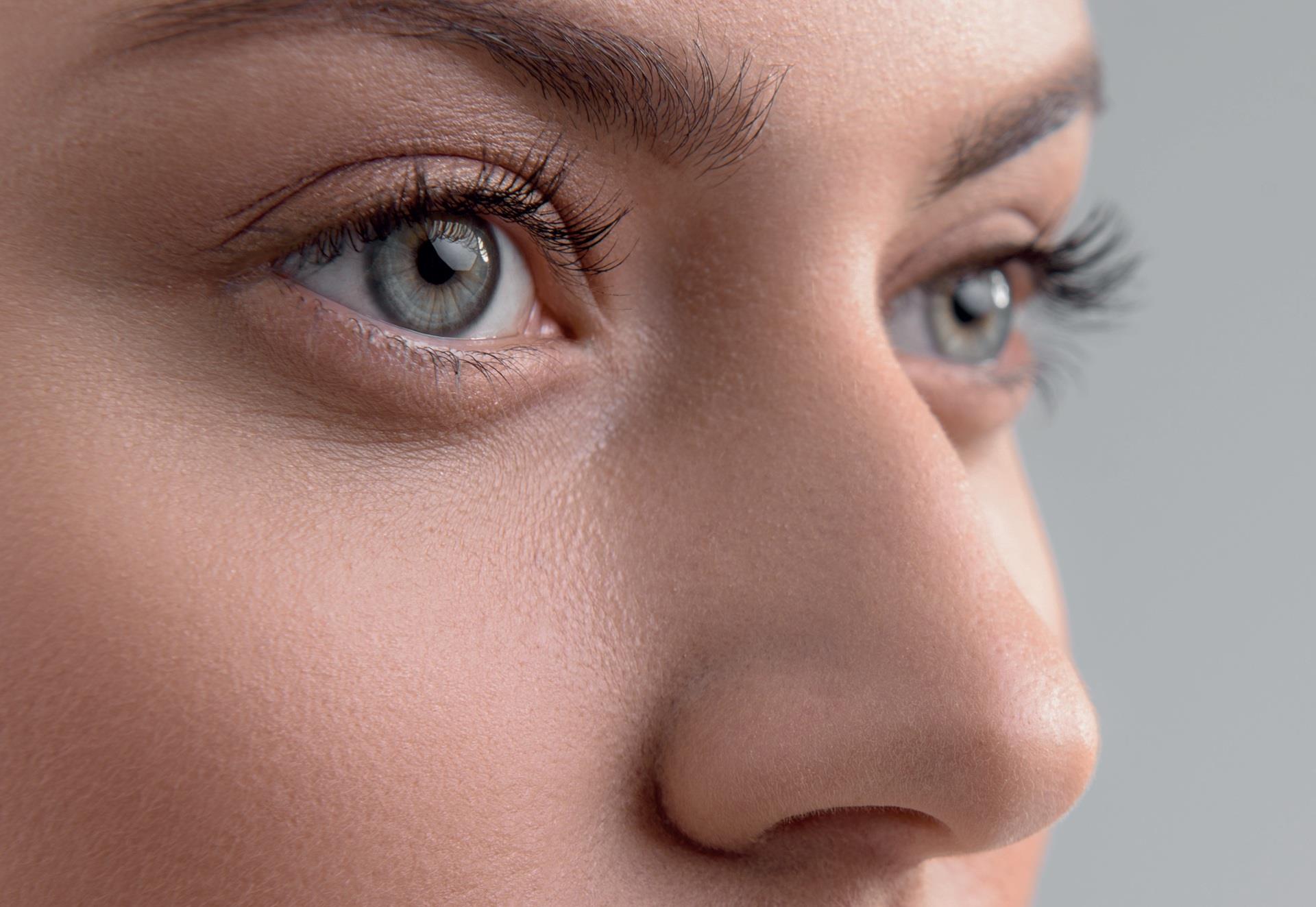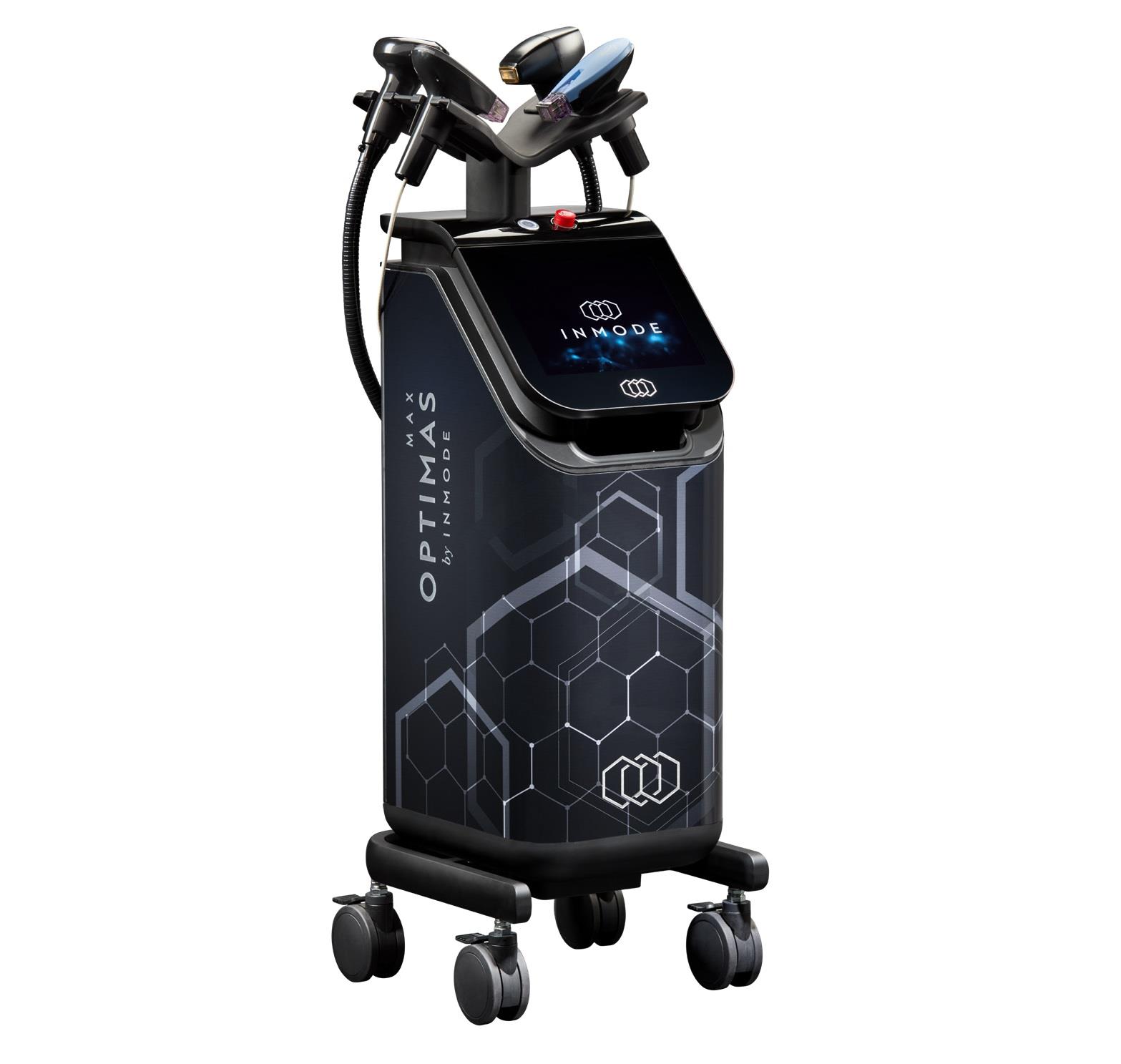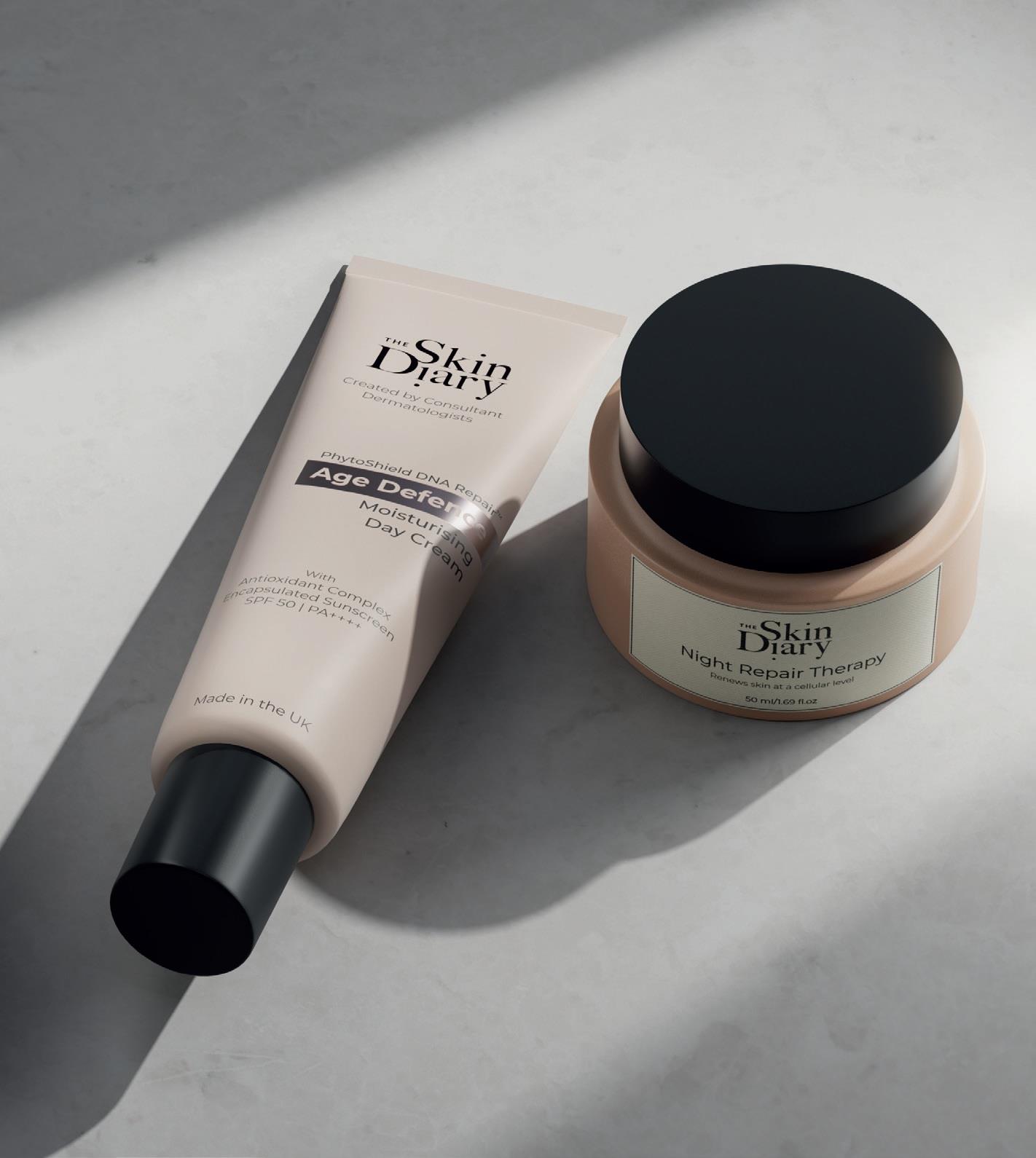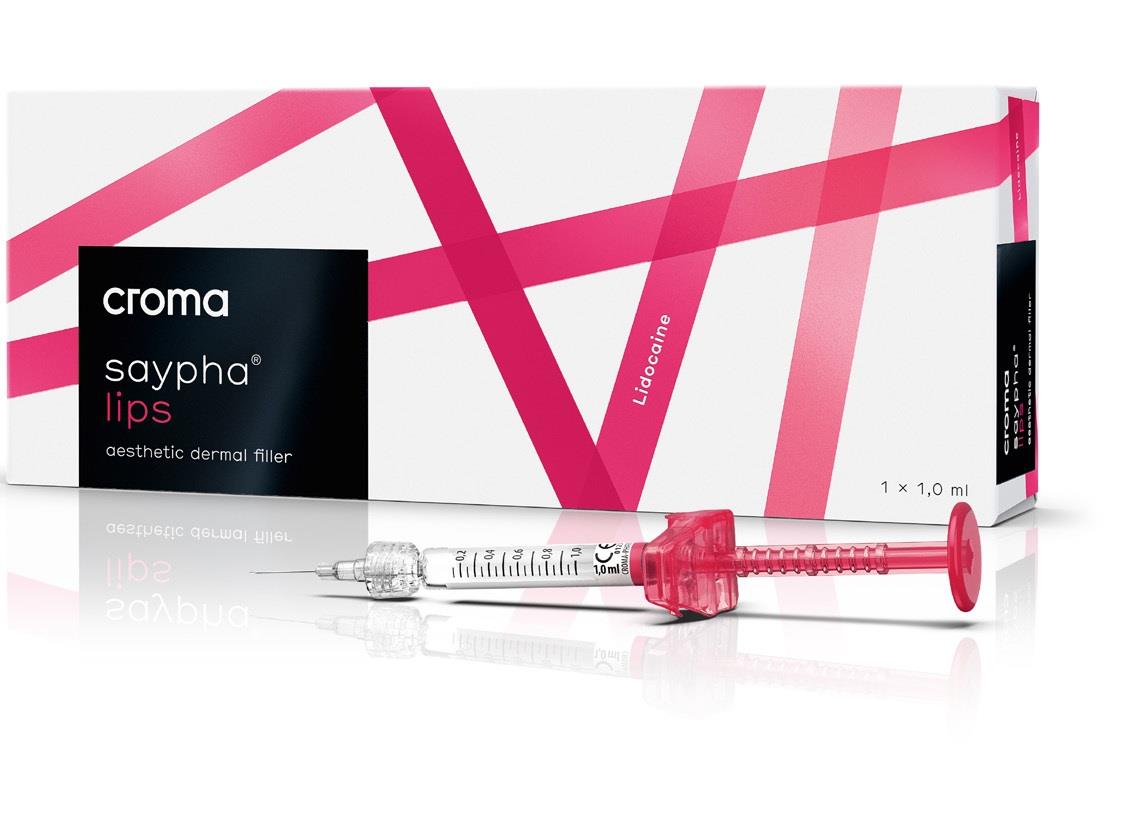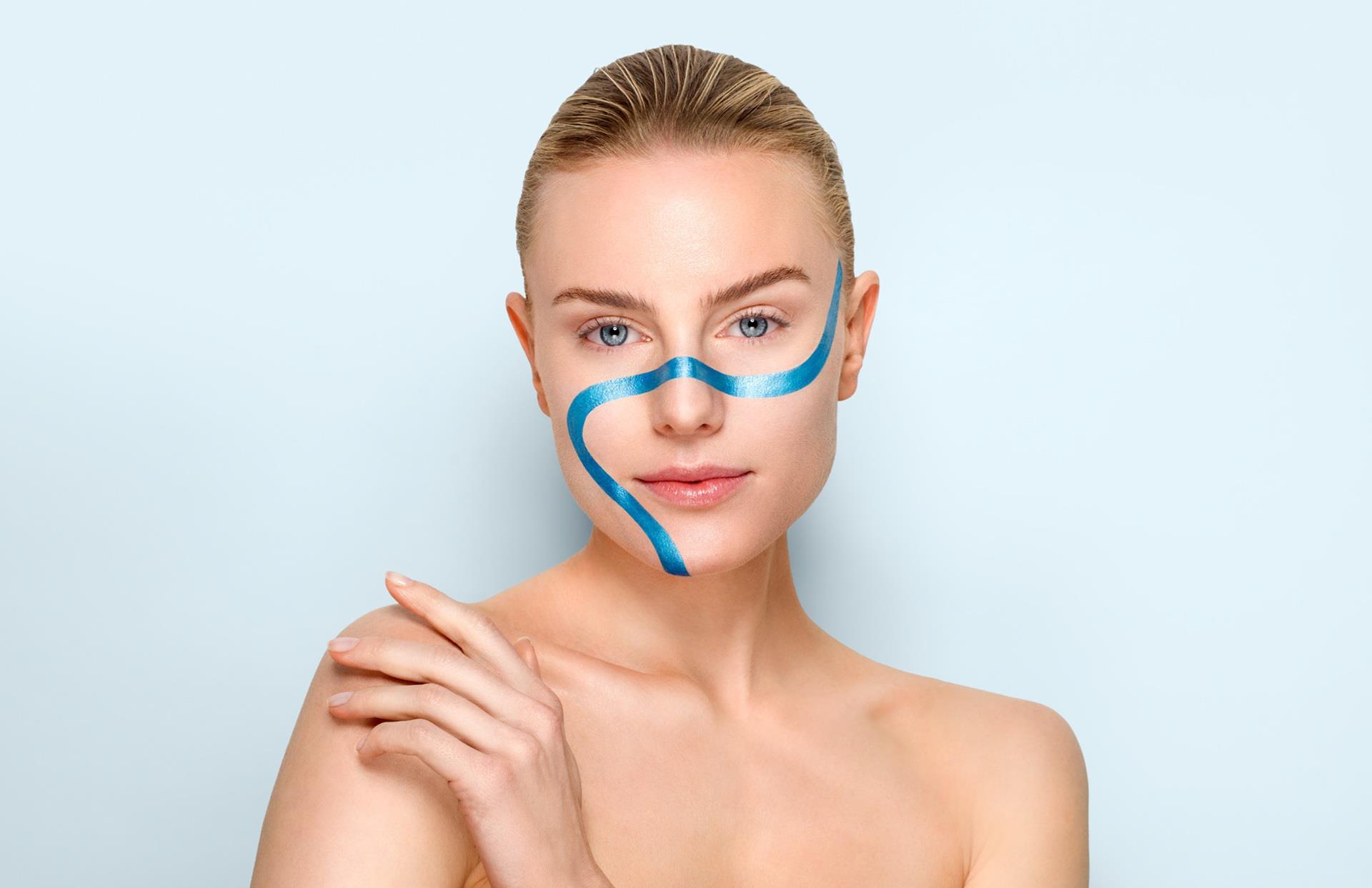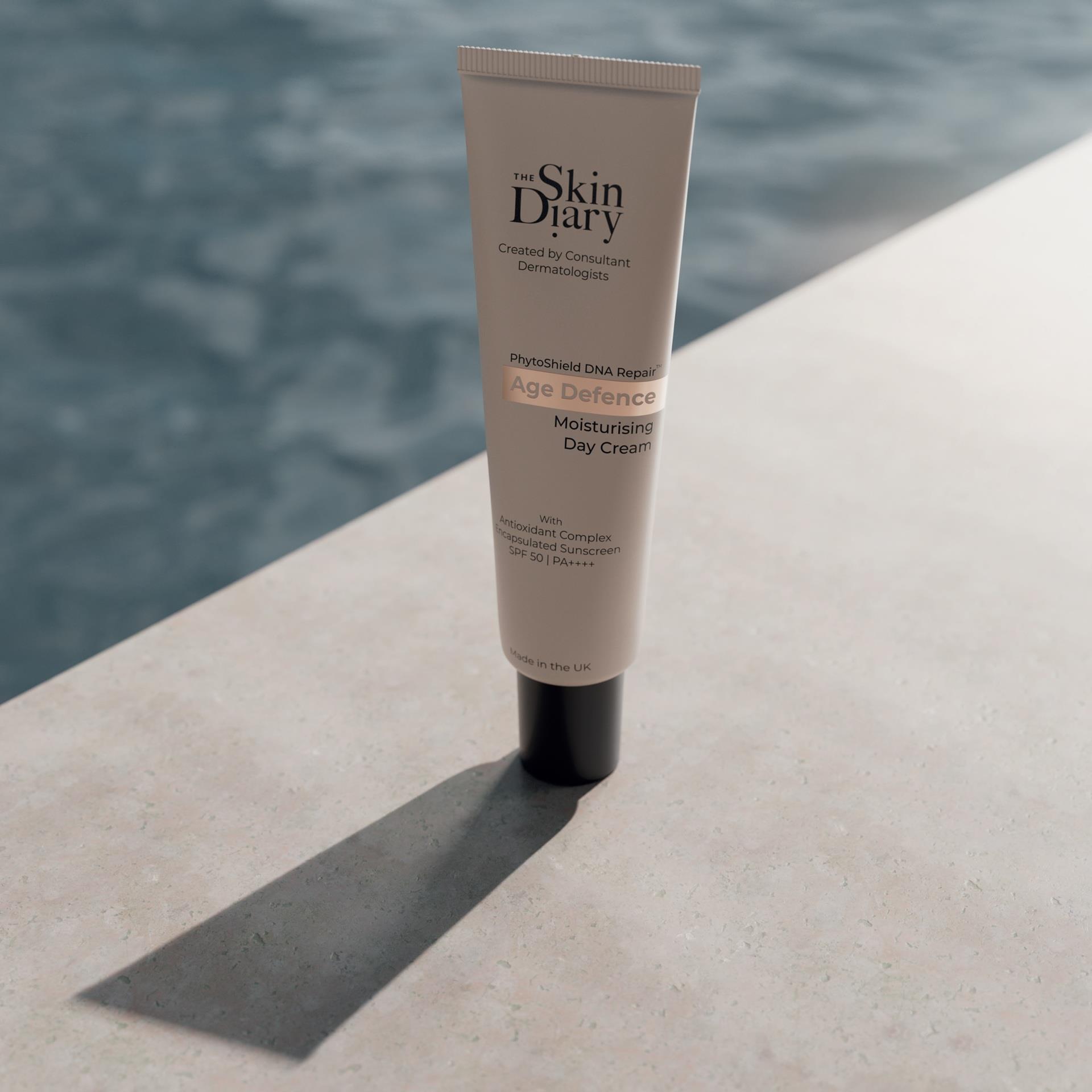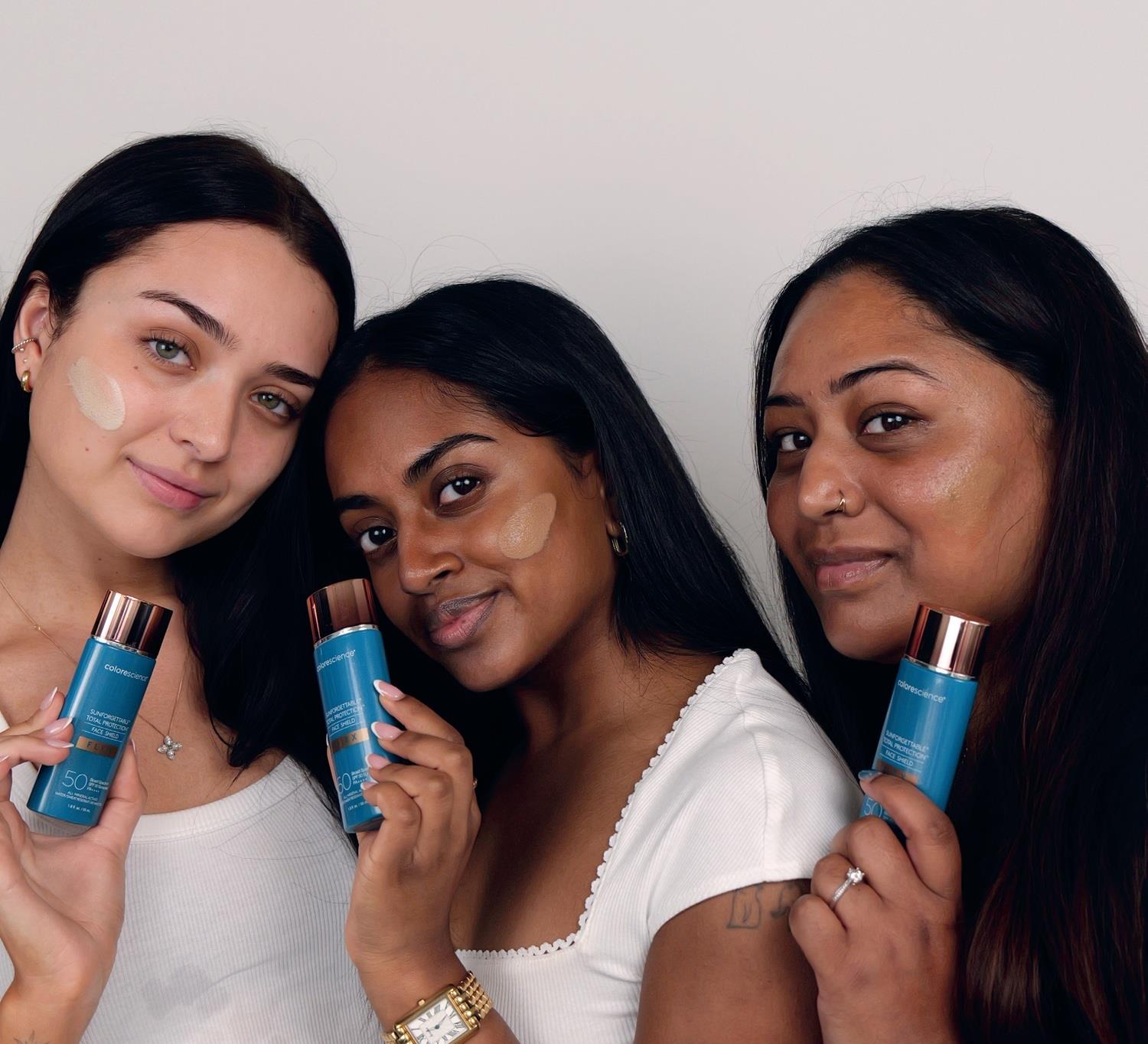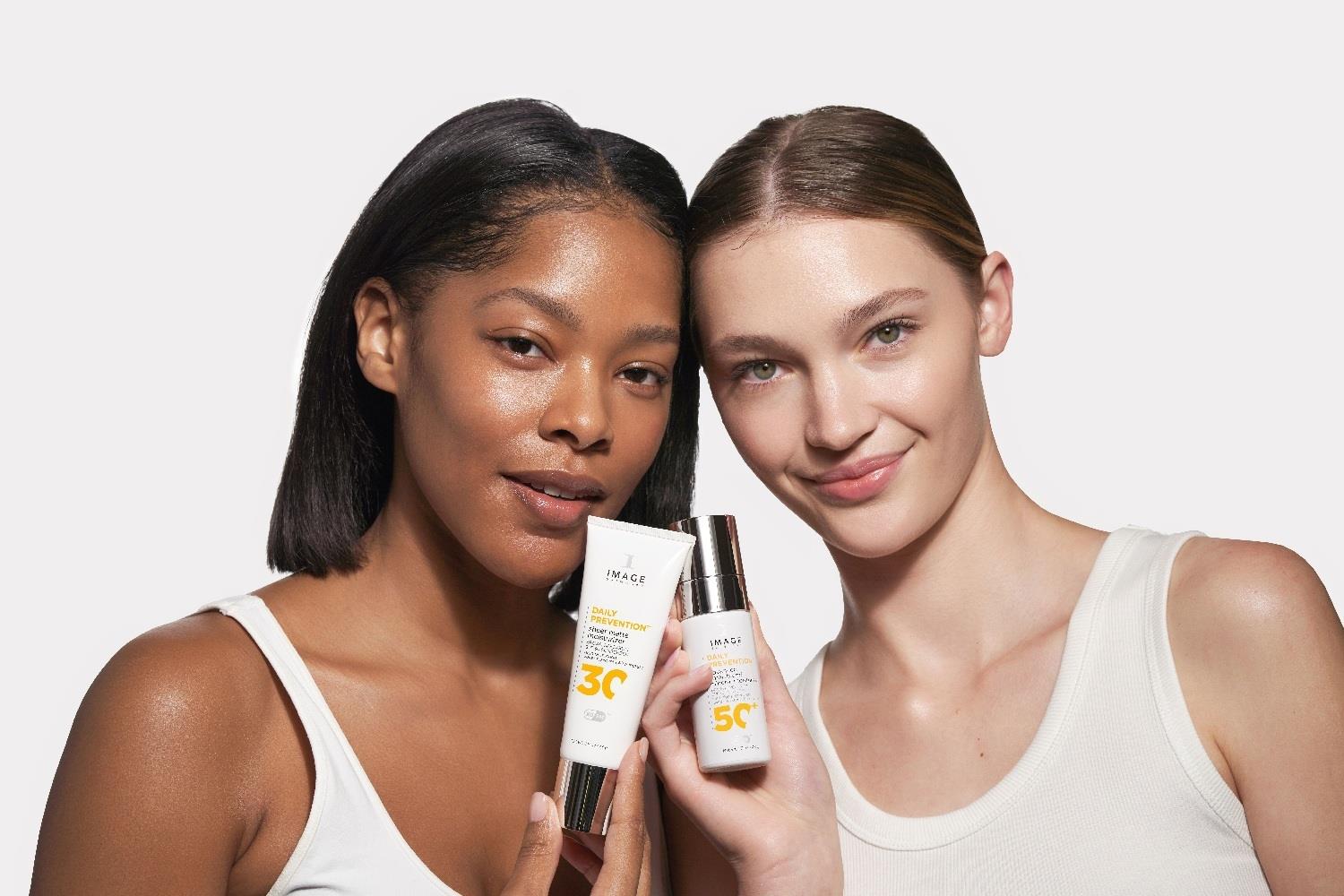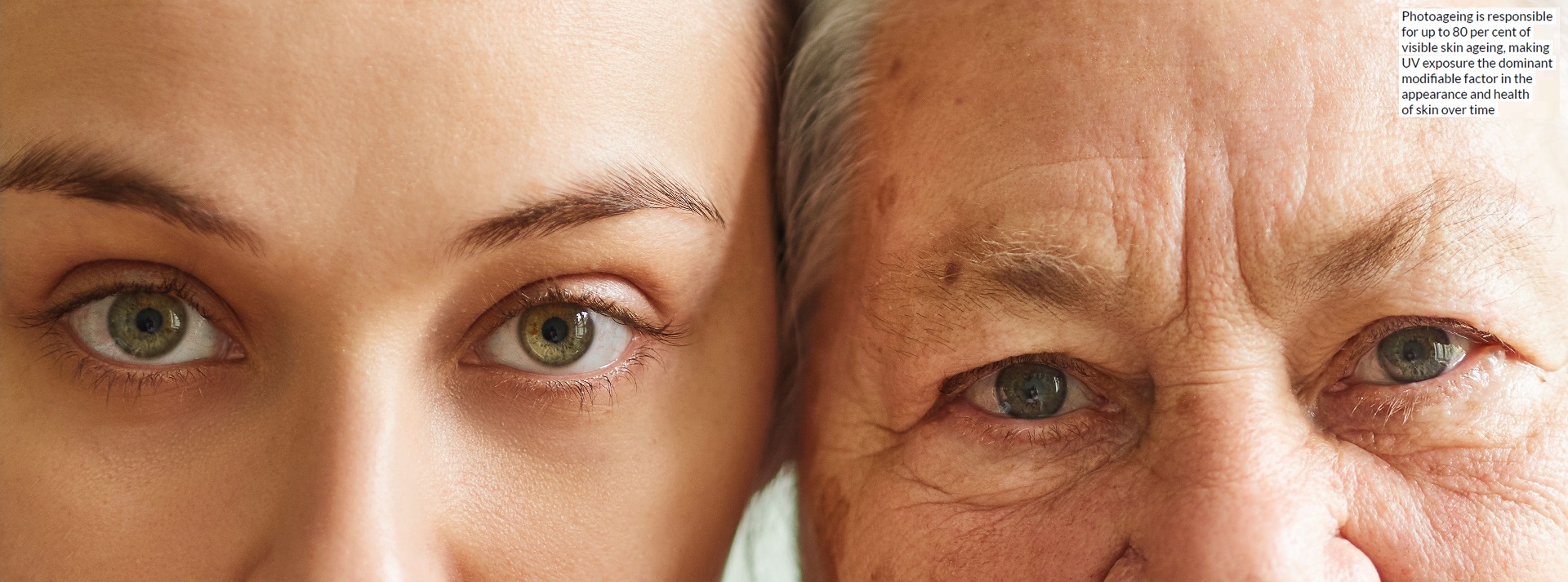
A landmark finding came from studies comparing skin biopsies from sun-exposed forearms with biopsies from sun-protected areas, such as the buttocks, of the same individuals. “Somebody who is 70 will have very similar skin to somebody who is 25 [in protected areas],” explains Dr. Langton. “Without that sun exposure, the skin is healthy. Everything is where it should be, the composition, the structure, the integrity”.
The role of fibrillin in skin ageing and maintaining skin structure and elasticity
One of the key biomarkers affected by sun exposure is fibrillin-1, a structural protein critical to the skin’s architecture. Fibrillin-rich microfibrils connect the dermis and epidermis like tiny anther-shaped hooks, providing mechanical stability and resistance to shearing forces.
When these structures degrade due to UV exposure, the skin becomes fragile, less elastic, and more prone to wrinkling and tearing. These fibrillin structures are also extremely sensitive to UV.
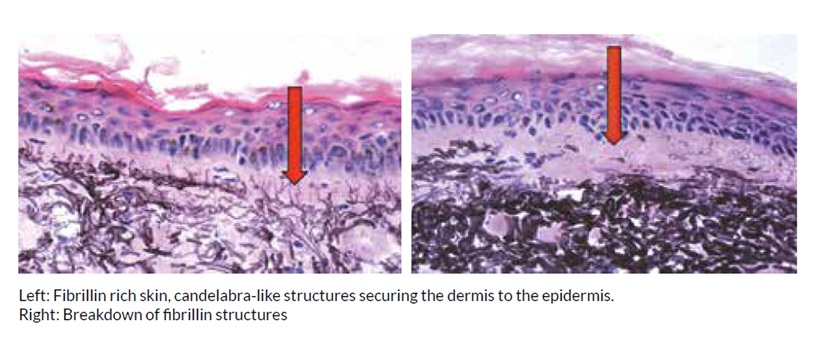
“They act like sacrificial lambs,” Dr Clare Kiely, Consultant Dermatologist and Co-founder of The Skin Diary notes. “They absorb the UV damage and collapse, forming a grenzone, a visible gap between the dermis and epidermis. When they’re absent under the microscope, we immediately know the skin is both aged and photo-exposed”.
Restoring fibrillin
Restoring fibrillin is possible but challenging. It is not only the quantity that matters, but also the correct anatomical structure. The University of Manchester developed the Manchester Patch Assay, a method of assessing topical treatments in a controlled, short-term protocol that uses real human skin biopsies. This model compresses the effects of six months of product use into just 12 days. Volunteers wear patches with different product formulations, including a positive control (typically tretinoin), and skin samples, which are then analysed blind in the lab to assess fibrillin restoration and other markers.
“We’ve proven that products can restore fibrillin,” says Dr Langton. “What’s more important is that we can see they’ve returned in the correct candelabra-like structures”. This structure is essential for the microfibrils to function as intended and support the skin barrier effectively.
Both prescription tretinoin and other tested formulations, including Night Repair Therapy, have demonstrated their ability to regenerate fibrillin in sun-damaged skin. However, typical consumer-facing trials often rely on subjective measures like wrinkle depth or participant satisfaction. The Manchester Patch Assay instead focuses on histological outcomes, offering an evidence-based gold standard for evaluating whether a topical product
meaningfully improves skin health.
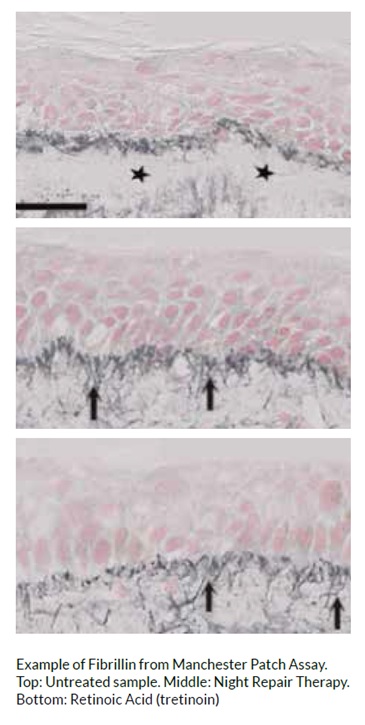
For aesthetic practitioners, understanding and addressing sun damage at the molecular level, particularly through the lens of fibrillin degradation and repair, offers a precise and science-backed approach to skin rejuvenation. Products proven to restore fibrillin structures in vivo can play a vital role in long-term treatment plans for photoaged skin.
Night Repair Therapy now available at Wigmore Medical. Login to your account to order
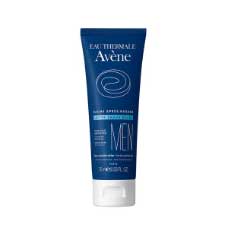
 Added to basket
Added to basket

 Unapplied Changes
Unapplied Changes


